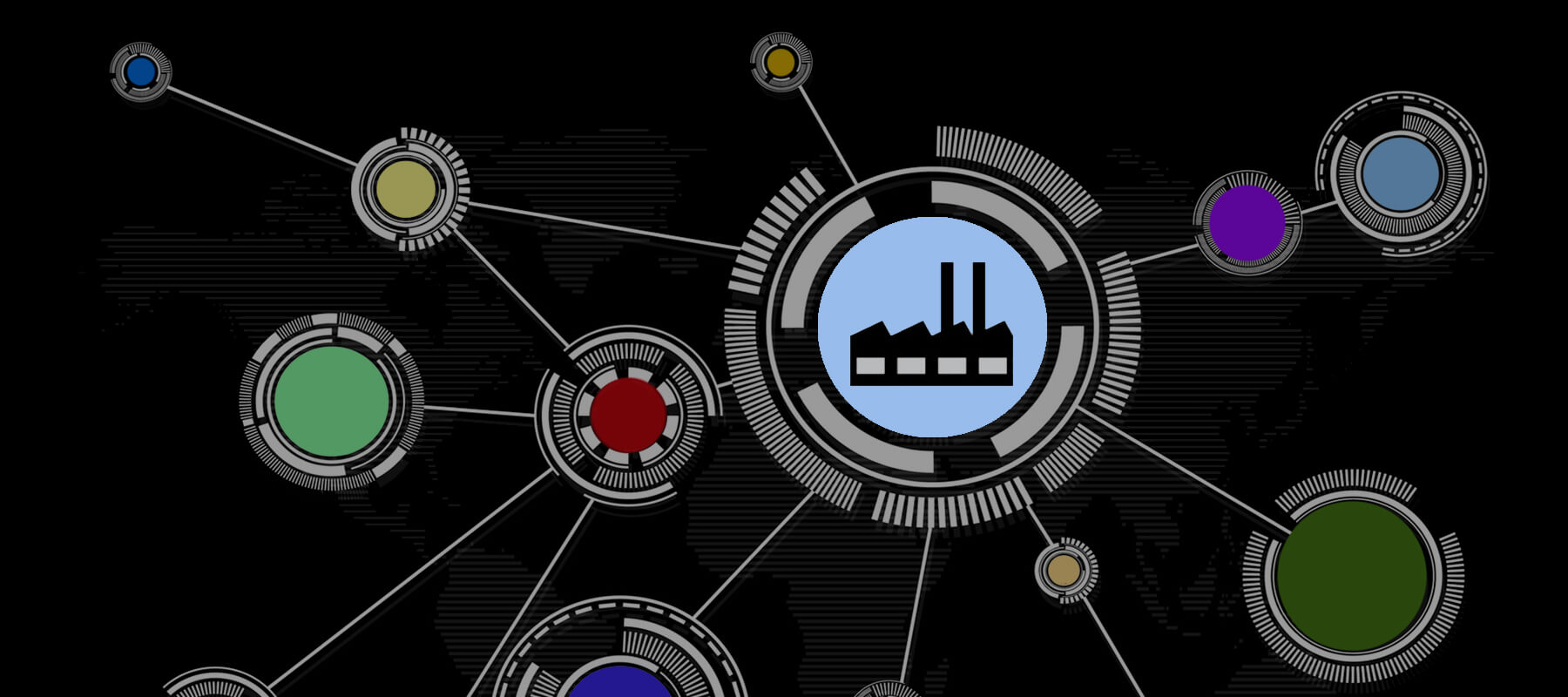While reading recent recall notices posted by the FDA and several food publications, I came across – “Undeclared milk contents prompts Pringles to recall”. Being my favorite brand of chips, I was interested to know if I have any of those recalled cans on my kitchen shelf. Reading further, I learned that the recall was limited- only one hour’s worth production of Pringles Original 5.68 ounce, due to non-declaration of milk particles. When alerted by a customer, Kellogg Company detected that only 75 cans have been impacted by inadvertent exposure to a seasoning containing milk. These cans were distributed to seven customer warehouses that supply retail stores nationwide. Fortunately, no cases of illness or allergies were reported.
I wondered how Pringle identified the production jobs and customer shipments that were affected, and how long it took them to gather this information and notify their business customers? Certainly, being a Fortune 500 company, Kellogg’s must be running an ERP that can quickly trace a suspect product from its customer shipments to batch production job and back to the raw materials suppliers in a few steps. I assume that their ERP was able to identify the plant and the batch job in which the suspect can was produced by simply entering its lot number. The batch production records would give a list of the ingredients, and I trust indicate those ingredients that contain milk particles. Using other production inquiries, all the batch jobs in which the same seasoning was used should be able to be identified, and all customer shipments fulfilled by these batch jobs. As a result, Kelloggs can limit its recall notification to a select number of customers.
For most companies, recall begin with reviewing customer complaints and then identifying the type of recall as Class I, Class II or Class III. Depending on the Class, the depth of Recall is decided as Consumer level, Retail Level and the Distributor Level. Product involved in recall is identified along with its Item Code and affected lots are accounted for from the distribution channel, inventory, samples, scrap etc. For class I and II recalls, 98% to 100% products must be accounted for in 4 hours, followed by immediate recall notifications sent to customers and governmental agencies.
Every business tries to capture and record production data, inventory movements and more. But manually managing and merging this data together, following the path of products/lots in supply chain and then quickly pinpointing what you are looking for, at the time you are looking for is definitely not easy. ERP can merge all of this data together and generate inquiries and reports in a timely manner. It quickly provides precise data and limits the consequences of a product recall or products withheld from market. Timely notification of recall to customers and FDA, results in the fast removal of the products from the shelf, reducing the chances of potential health issues and damage to brand name.
Your company may be somebody’s favorite brand too; and seeing your company’s name in the news for quality related issues, non-declarations, etc., can lower your consumers’ trust in your brand.
The good news is that you don’t have to be a Fortune 100 company to have sophisticated track and trace capabilities. ERPs built for SMB process manufacturers offers lot management, traceability and recall functionality required to meet today’s federal regulatory mandates.
Additional Resource: For further description of supported lot management functionality, please click thru to https://www.batchmaster.com/tracking-compliance/lot-traceability

